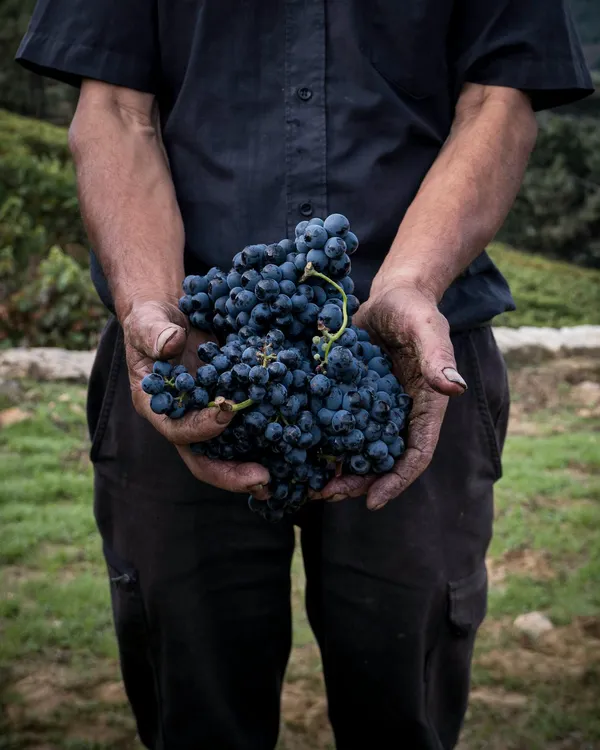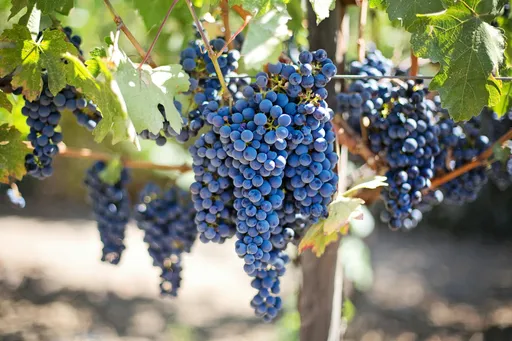The transformation of the organic wine market in Italy: data from 2010 to 2024

The transformation of the organic wine market in Italy: data from 2010 to 2024
In the past 15 years, the organic wine market in Italy has undergone significant transformation, both in terms of production and consumption. With rising environmental awareness and increasing demand for sustainable products, the Italian wine sector has responded with a growing adoption of organic practices. In this article, we explore the evolution of this market, analyzing data from 2010 to 2024 and providing forecasts for the future.
Growth of the organic wine market
From 2010 to 2024, the vineyard area dedicated to organic farming in Italy grew by +68%. Today, Italy is one of the world’s leading producers of organic wine, with over 20% of its total vineyard area certified as organic. This expansion has been particularly noticeable in Southern Italy, with Sicily registering the highest increase (+90%).
Sales of organic wine, both domestically and internationally, have seen an average annual growth of +12% over the last ten years. Exports to countries such as Germany and Scandinavian countries represent a significant portion of this growth, with demand constantly rising.
Price differences and consumer trends
The average price of a bottle of organic wine is generally +15-20% higher than conventional wines. However, market data shows that consumers are increasingly willing to pay a premium for sustainable and certified organic products. This shift is particularly visible among younger consumers, who are more sensitive to environmental impact and sustainable agricultural practices.
Data on consumer preferences reveals that by 2024, around 30% of Italian consumers plan to purchase exclusively organic wines, while another 40% prefer wines produced using sustainable practices. This trend aligns with a general increase in awareness of sustainability and health issues.
2024 and beyond: market forecasts
Looking ahead, the organic wine market in Italy is expected to continue growing at an annual rate of +10% until 2030. New European policies, such as the Green Deal, which aim to reduce pesticide use and promote sustainable farming practices, will have a significant impact on the wine industry. Growth will be driven not only by domestic demand but also by exports to markets such as the United States, Canada, and Japan, where demand for organic wine is rapidly expanding.
Comparison with other countries
With a 17% global market share, Italy leads in organic wine production, followed by countries like France (15%) and Spain (13%). However, while Italy leads in organic vineyard area, France is quickly catching up, thanks to policies that incentivize winemakers to convert to organic farming.
In the United States, the organic wine market is also growing rapidly, although the vineyard area dedicated to organic farming is still relatively limited compared to Europe. However, the increasing demand from American consumers represents a significant opportunity for Italian producers, who already export 25% of their organic wine to the U.S.
Data tables
Growth of organic vineyard area in Italy (2010-2024)
| Year | Organic Area (ha) | Annual Growth % |
|---|---|---|
| 2010 | 40,000 | - |
| 2015 | 65,000 | +12% |
| 2020 | 85,000 | +9% |
| 2024 | 100,000 (estimated) | +6% |
Price differences between organic and conventional wines
| Category | Average Price (€/bottle) | Difference from conventional wines |
|---|---|---|
| Conventional Wine | 7.50 | - |
| Organic Wine | 9.00 | +20% |
Italian organic wine exports (2024)
| Country | Export Share (%) | 2024 Growth % |
|---|---|---|
| Germany | 30% | +8% |
| Scandinavian Countries | 20% | +7% |
| United States | 25% | +10% |
| Canada | 10% | +9% |
The analysis of the organic wine market in Italy highlights strong growth, driven by both domestic demand and exports. The future looks promising, especially in a context where sustainability and organic practices are becoming increasingly relevant for both consumers and producers.

